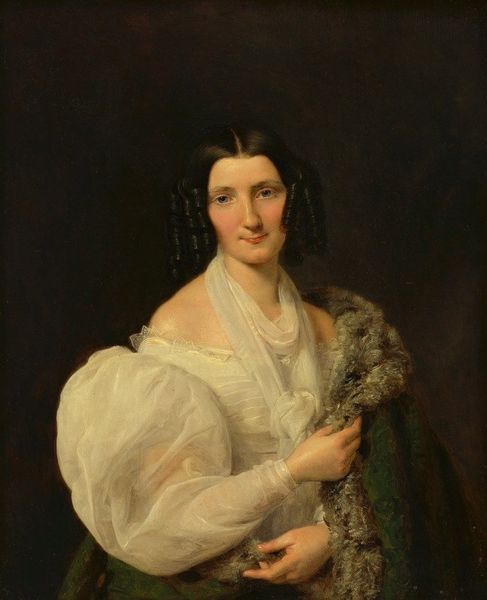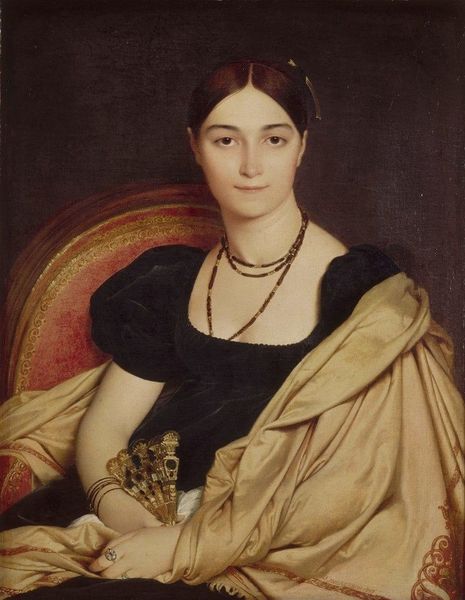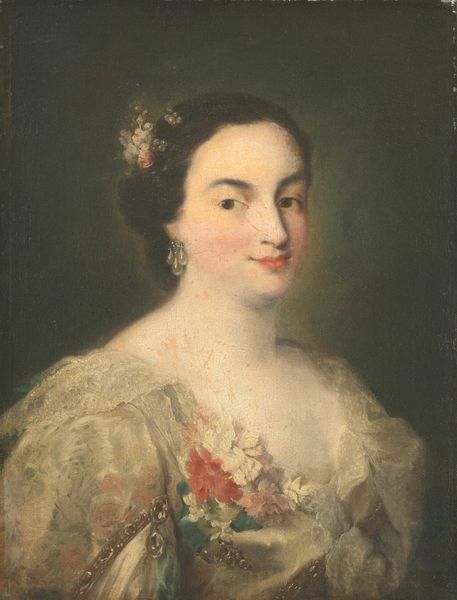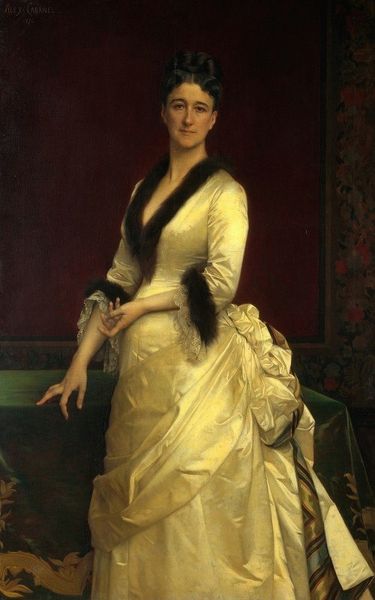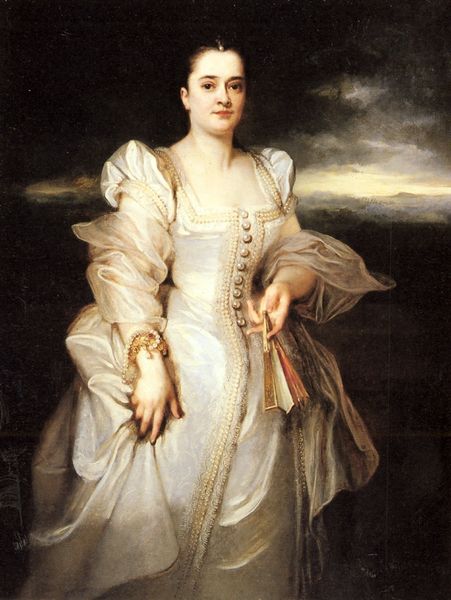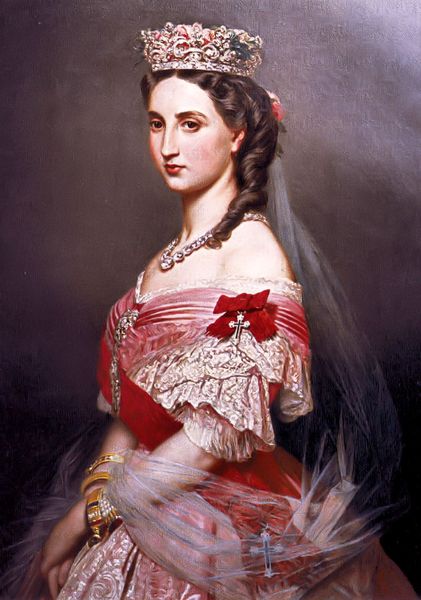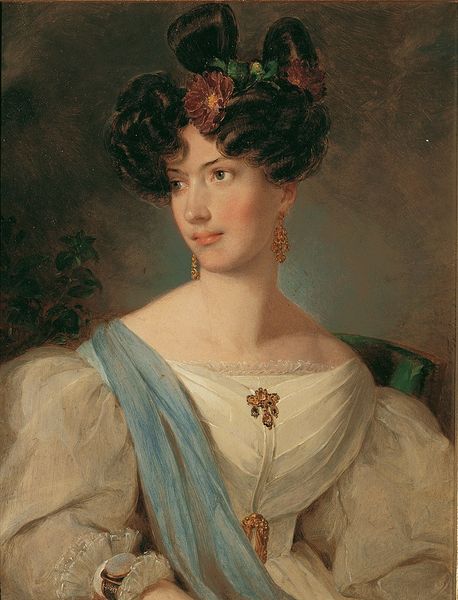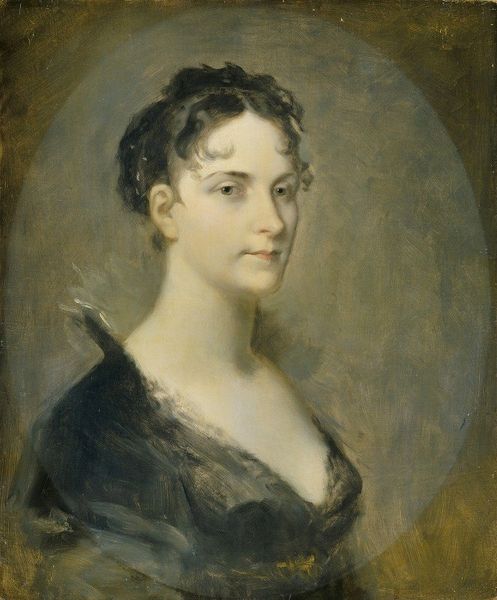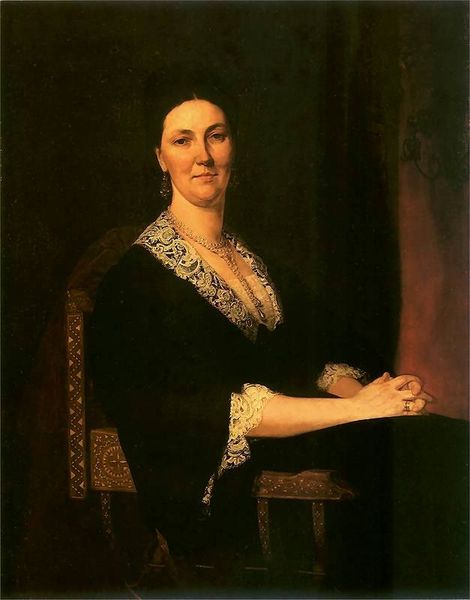
oil-paint
#
portrait
#
figurative
#
oil-paint
#
romanticism
#
realism
Copyright: Public Domain: Artvee
Editor: Here we have a portrait of a young Indian woman, crafted with oil paint, by Henry Raeburn. The way she is posed feels both classic and modern at the same time. What strikes you most about this painting? Curator: The woman's gaze immediately pulls you in. But consider: who was Henry Raeburn painting, and for whom? This likely wasn't simply an exercise in artistic skill. Reflect on the historical context – the height of the British Empire and its presence in India. How might that power dynamic be at play here? Editor: So, it's not just a portrait of a person, but a statement about cultural exchange and possibly, inequality? Curator: Precisely. What symbols do you notice that point to that interplay? Her clothing, for example, blends what might be considered Indian and European styles. It’s crucial to ask who gets to represent whom, and under what conditions. Editor: The pearls! They're extravagant and seem deliberately highlighted. Was that typical in portraits of this era? Curator: Pearls were indeed associated with wealth and status in Europe, but their significance might also resonate with Indian cultural values. We have to consider the context in which this image was created and consumed; it was likely seen by a British audience. Consider, what was the public role of such an image? Editor: I hadn’t considered how the setting in which this artwork was displayed influences how it should be viewed! Thank you. Curator: It is a valuable reminder that art doesn't exist in a vacuum. Considering the socio-political landscape opens a window into its multiple possible meanings.
Comments
No comments
Be the first to comment and join the conversation on the ultimate creative platform.
